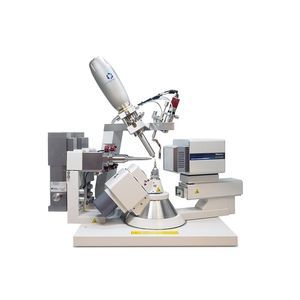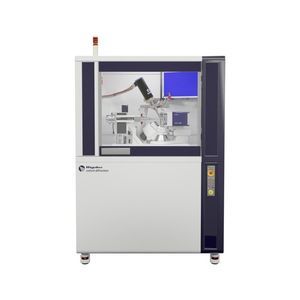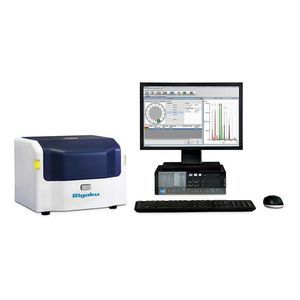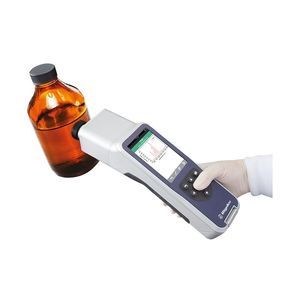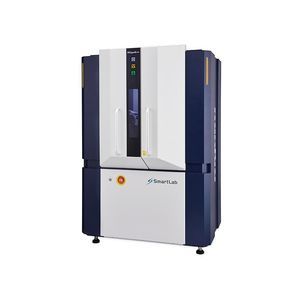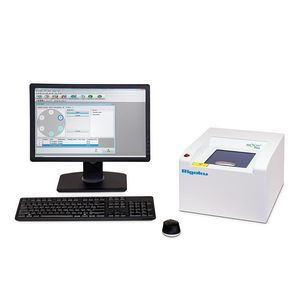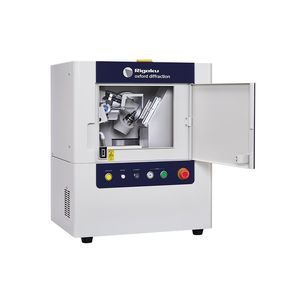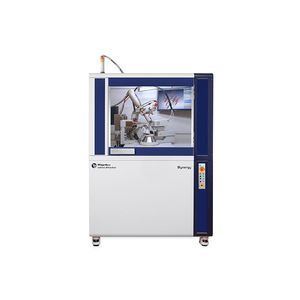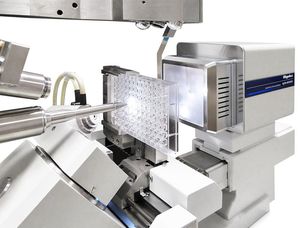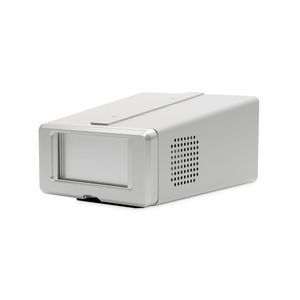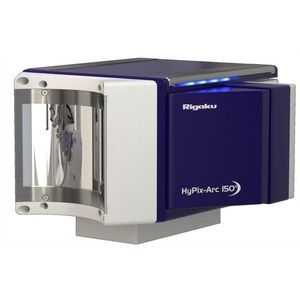

- Products
- Catalogs
- News & Trends
- Exhibitions
Micro X-ray CT preclinical imaging system STA8122

Add to favorites
Compare this product
Characteristics
- System type
- micro X-ray CT
Description
Simultaneous Thermal Analyzer
Measures weight changes and endothermic or exothermic reaction
Simultaneous thermal analysis (STA) is an analytical technique that simultaneously measures thermogravimetry (TG) and differential thermal analysis (DTA).
In thermogravimetry, measuring the sample’s change in weight enables us to analyze the reaction temperature and the rate of weight change in reactions such as dehydration, thermal decomposition, evaporation, oxidation. Differential thermal analysis (DTA) measures the endothermic or exothermic reaction temperatures such in transition, melting, crystallization, dehydration, decomposition, oxidation and glass transition temperature. Using it as TG-DSC is also possible by converting the DTA to DSC thru calibration using the melting peaks of standard metals.
Rigaku’s TG-DTA adopts the horizontal differential triple-coil balance that cancels various fluctuations causing TG drift to achieve a highly accurate weight change measurements. Also, the sample controlled TG (SCTG) method is equipped as a standard. This is a method where the temperature is controlled by the rate of the sample’s change in weight and has 2 modes, namely constant reaction control (CRC) and stepwise isothermal analysis (SIA).
Furthermore, the sample observation TG-DTA can perform measurements while capturing visual images of the sample with a CCD camera. Thru these images, we can observe shape changes or color changes in the sample associated with a reaction. These images are helpful in interpreting TG-DTA results.
Features
Accurate compensation on horizontal differential triple-coil balance
Compact furnace greatly speeds up heating and cooling
VIDEO
Related Searches
- Laboratory analyzer
- Control analyzer
- Detector
- Preclinical imaging system
- Calorimeter
- X-rays preclinical imaging system
- Automated calorimeter
- Differential scanning calorimeter
- Compact detector
- Detector for the pharmaceutical industry
- Digital detector
- X-ray analyzer
- Calorimeter for the pharmaceutical industry
- Medical device detector
- X-ray detector
- Preclinical tomography system
- X-rays preclinical tomography system
- Fluorescence detector
*Prices are pre-tax. They exclude delivery charges and customs duties and do not include additional charges for installation or activation options. Prices are indicative only and may vary by country, with changes to the cost of raw materials and exchange rates.

